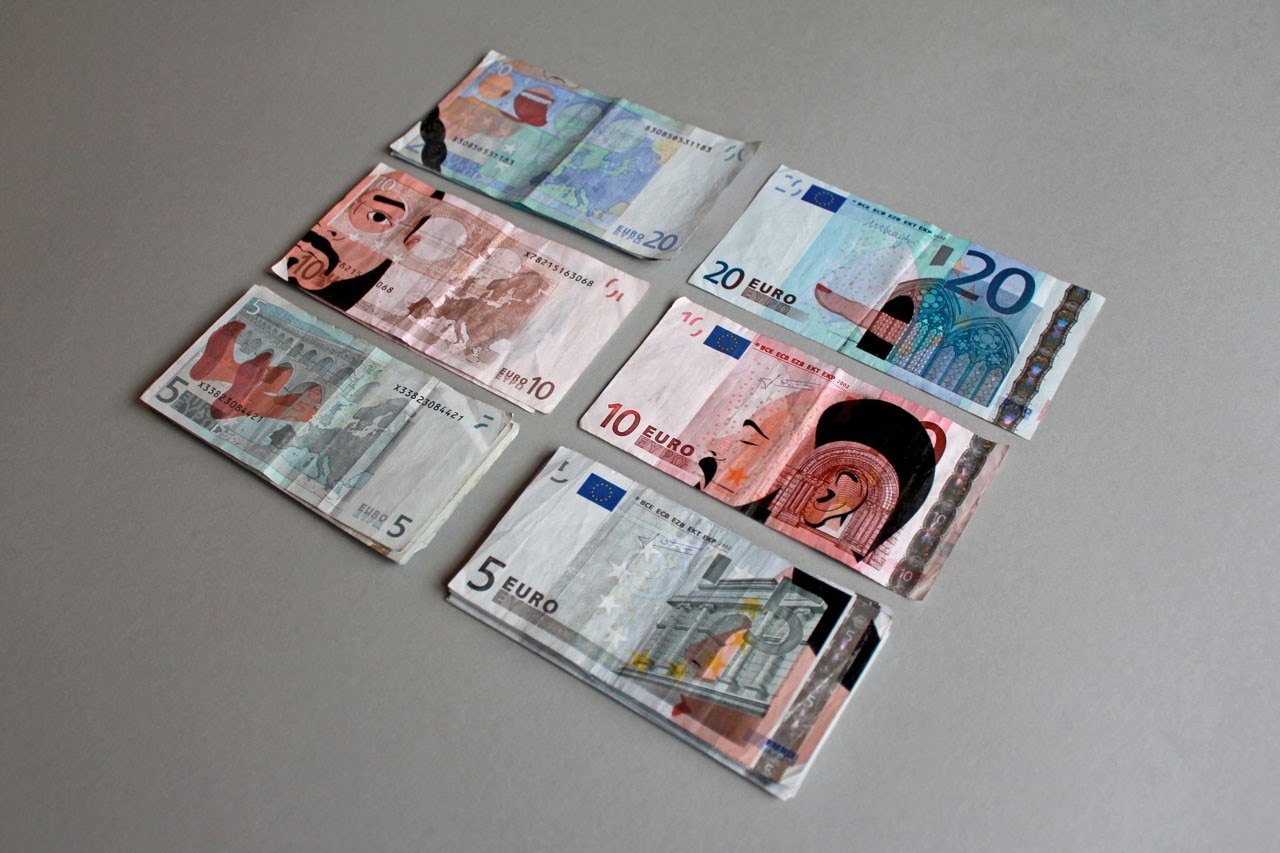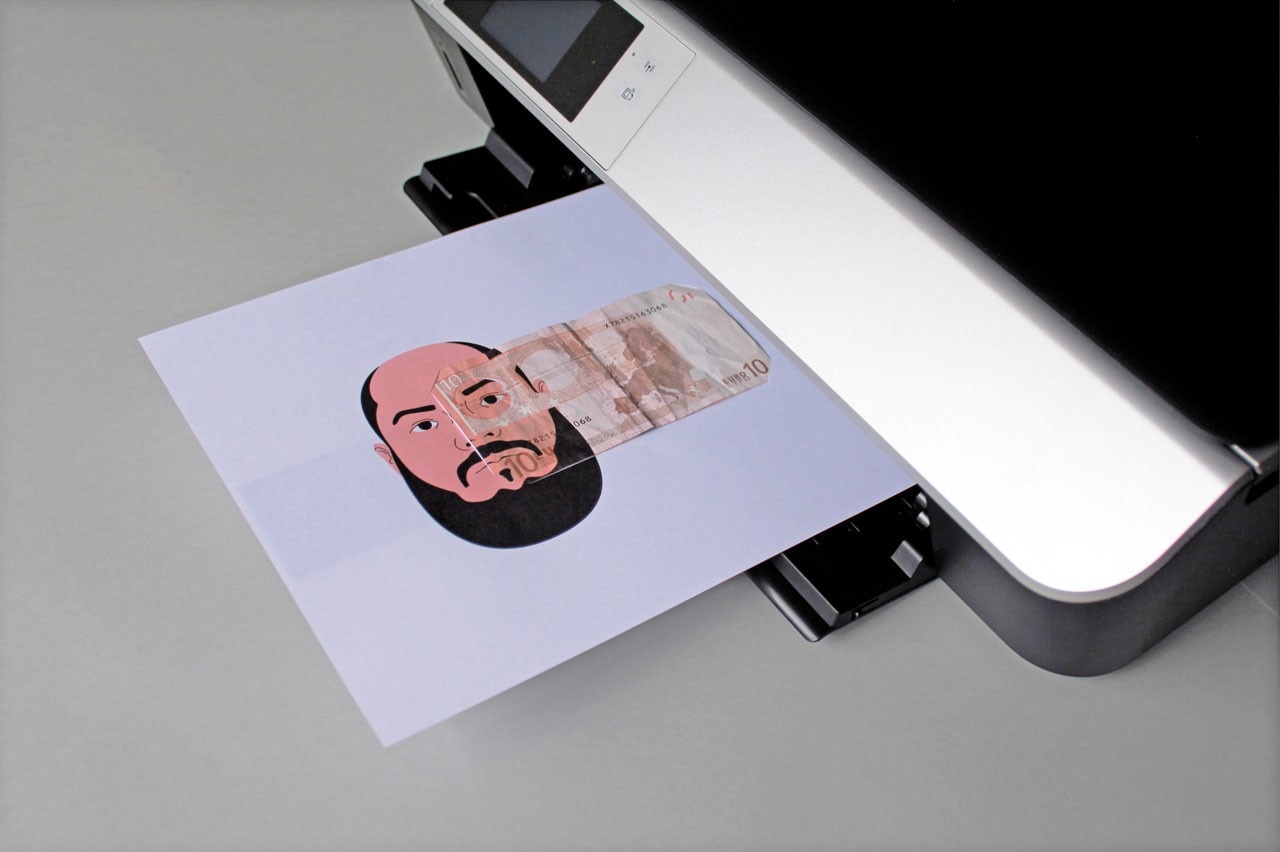
Chiara Alessi: What do foreign educational experiences offer compared with Italian ones and do you feel an Italian training still harbours precious secrets?
Domitilla Dardi: Abroad, people are more open to experimentation in fields that do not have an immediate return on today’s market. On the other hand, Italy is still really good at teaching people how to work within a concept of “restriction”, always torn between overcoming and constriction. It all depends on how you interpret it.
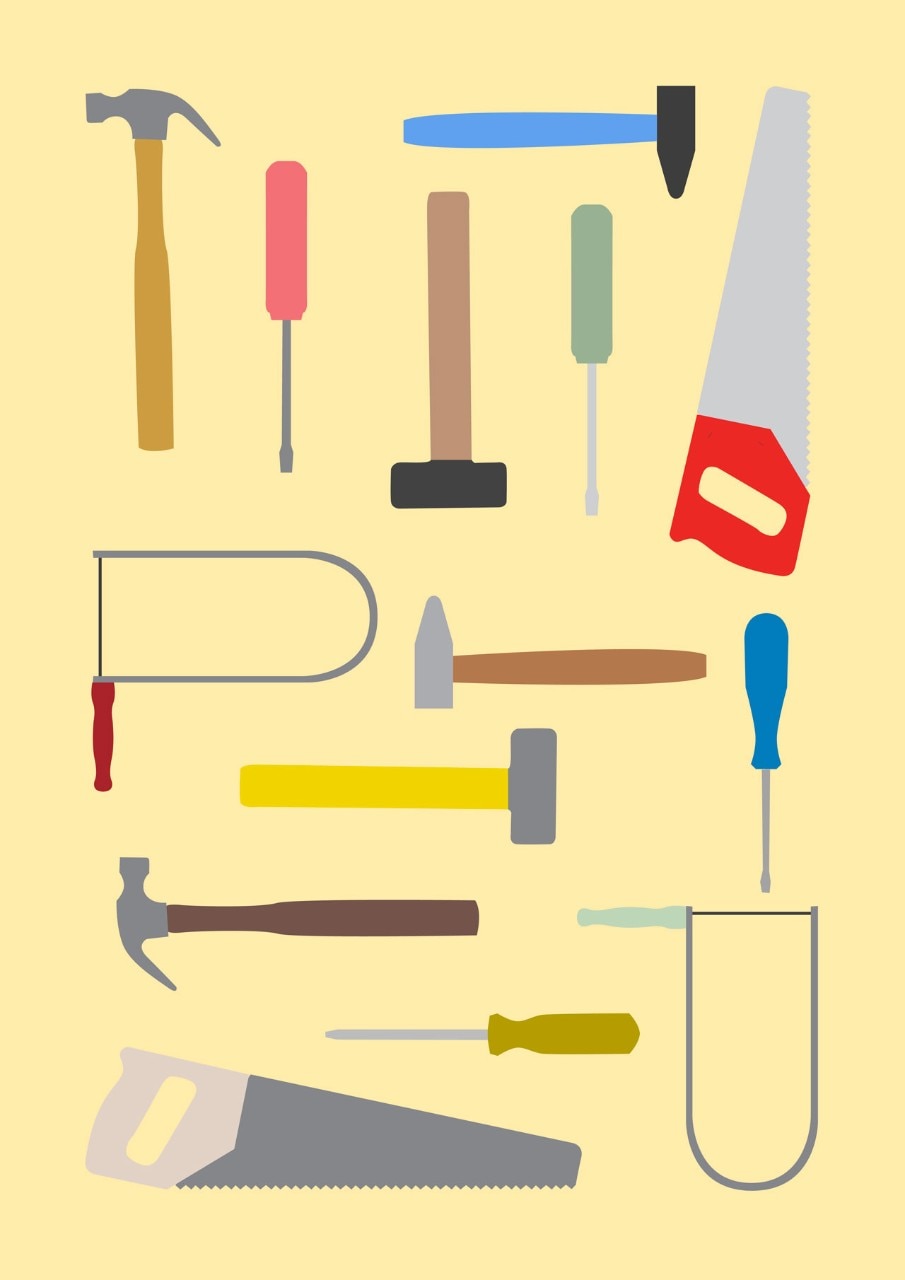
Chiara Alessi: How do you see the difference in terms of curatorial experiences?
Domitilla Dardi: In Italy, we have a curatorship experience that is closely linked to the idea and the concept. Exhibitions by Italian curators always seem to be guided by a basic theme and less so by the need to conserve and protect collections. Abroad, they are often linked to these latter factors; their huge experience with large collections is an extraordinary legacy but, equally, a restriction to be dealt with and that cannot be ignored. At the MAXXI, for instance, we don’t have a Design collection but we work on co-productions and commissions and this can be very stimulating, both for those who put forward and those who accept the challenge of the ex-novo project.
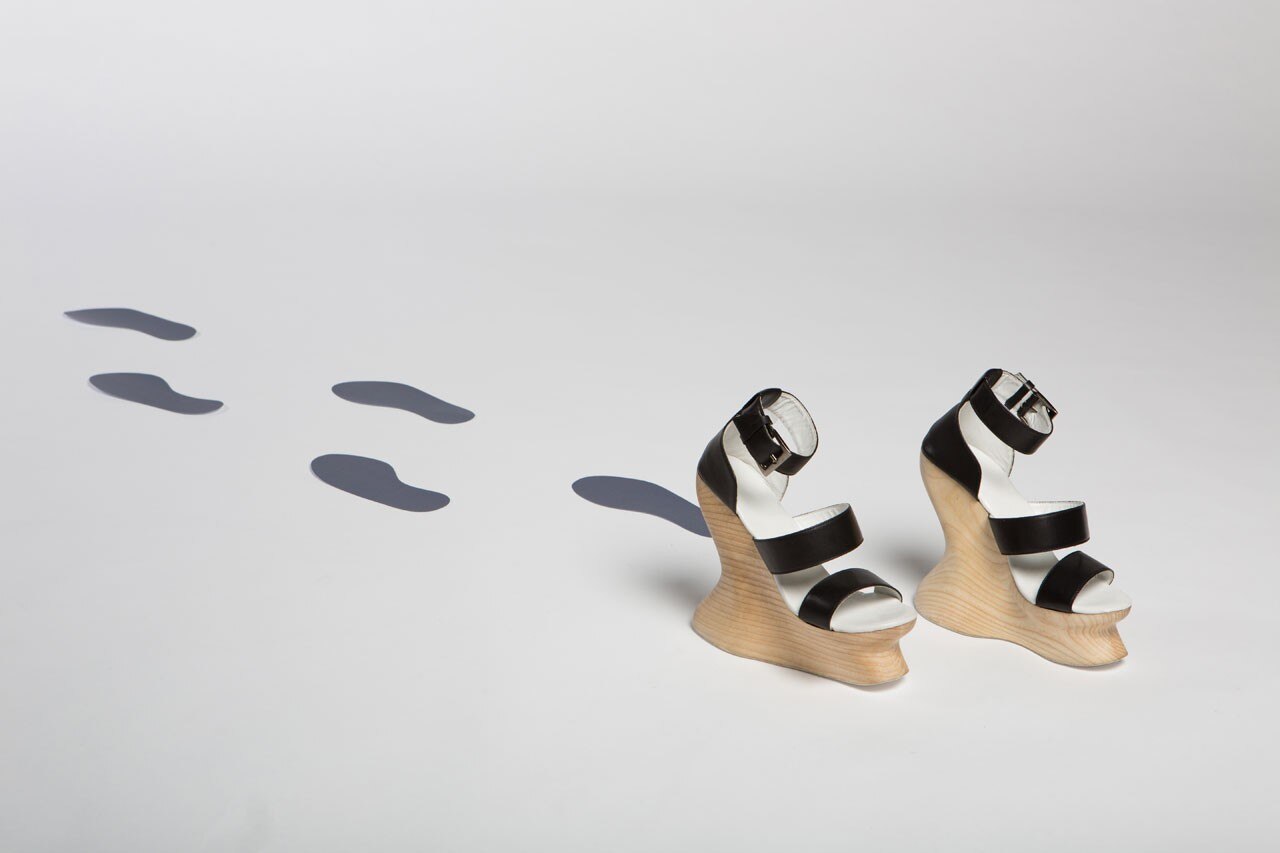
Chiara Alessi: What has Pippo Ciorra’s “Erasmus Effect” exhibition got to do with this?
Domitilla Dardi: The “Erasmus Effect” concept paved the way for a key theme of the museum that focuses on the work of Italians abroad and which will spawn direct filiations, as in the case of “Design Destinations”.
Chiara Alessi: It’s great to see that the exhibition is sponsored by the city of Eindhoven. Do you believe any Italian cities would be tempted to or consider it worth backing a similar one abroad?
Domitilla Dardi: That would be wonderful! We hope this exhibition can trigger a virtuous circle. We have much to learn from our Dutch friends in this sense.
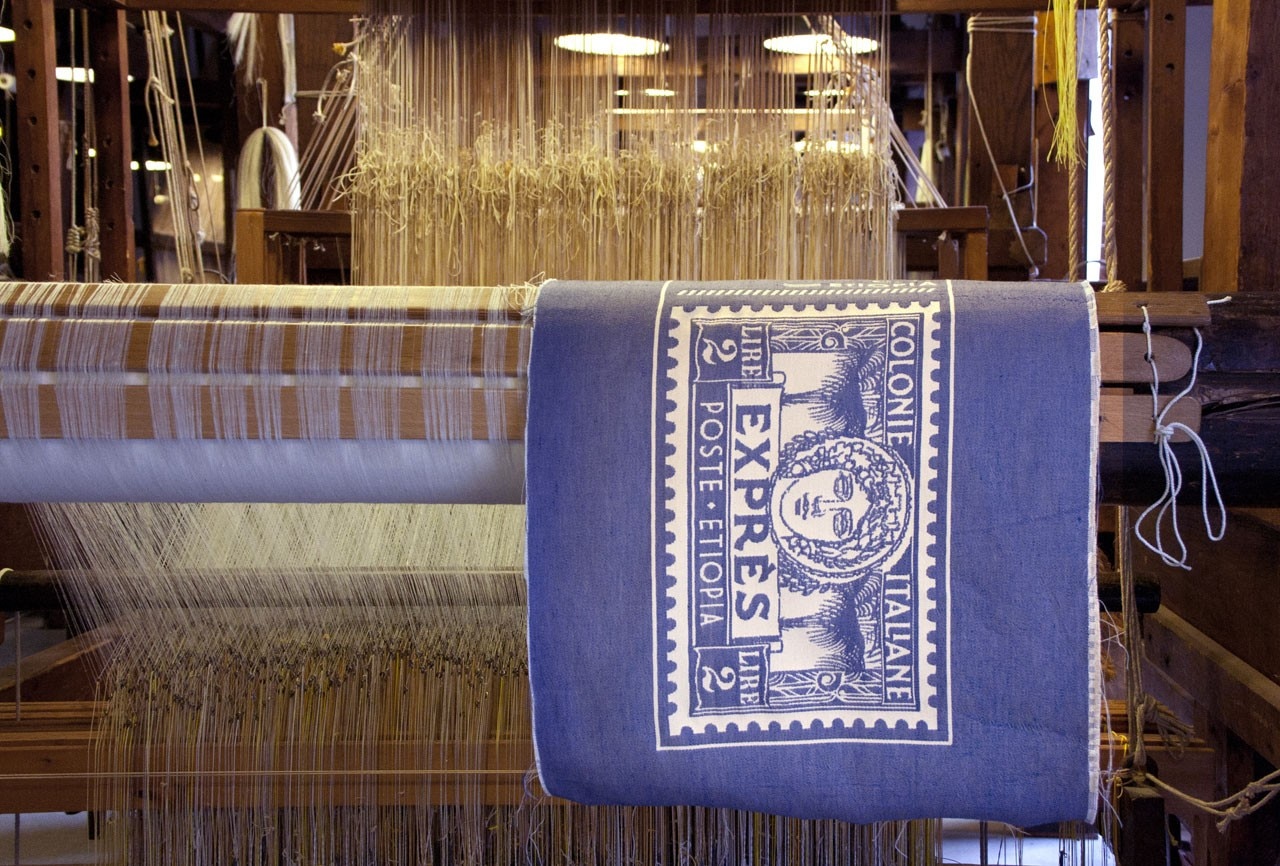
Chiara Alessi: How are the Italian and Dutch fronts represented in the exhibition designs? Can they still be identified as individual experiences or do they become a universal metaphor?
Domitilla Dardi: Actually, Italy and Holland are well represented as directions: the objects in Francesca Lanzavecchia’s skirt are personal mementoes linked to places, as are the different visual perspectives exemplified by Gionata Gatto’s mirrors. But they have also opened up to the international dimension. When I asked them whether they felt more “Italian” or “Dutch”, nearly all replied that they felt “European” or at least open to being international. This is a generational phenomenon that has emerged for the first time; I don’t think any of their real or putative masters would ever have given me that answer. They would have chosen a precise geographic affiliation.
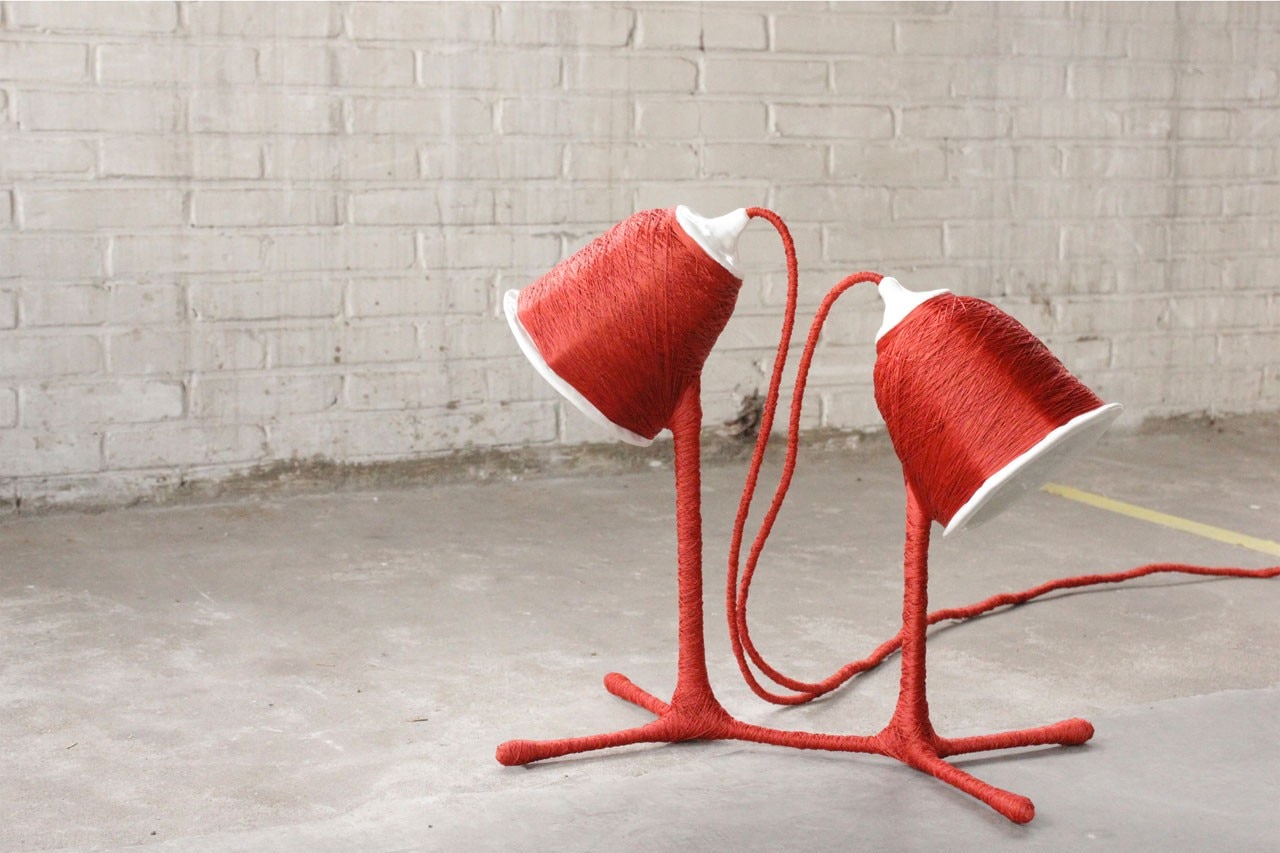
Chiara Alessi: It isn’t, however, uncommon for designs by many Italians working abroad to have an Italian DNA, especially when they tap into certain localisms and traditional productions. But are companies absent?
Domitilla Dardi: Fondness is, by definition, mental and emotional so I think it’s only natural for them to direct this bond more towards the places and traditions of their homeland than to companies. Moreover, many haven’t (yet) had an opportunity to enter into the workings of a great Italian company. This is by no means a sign of rejection, quite the reverse. We hope that the most enlightened Italian entrepreneurs will see the talent of these designers very soon and establish a shared dialogue that searches for new models and production paradigms.
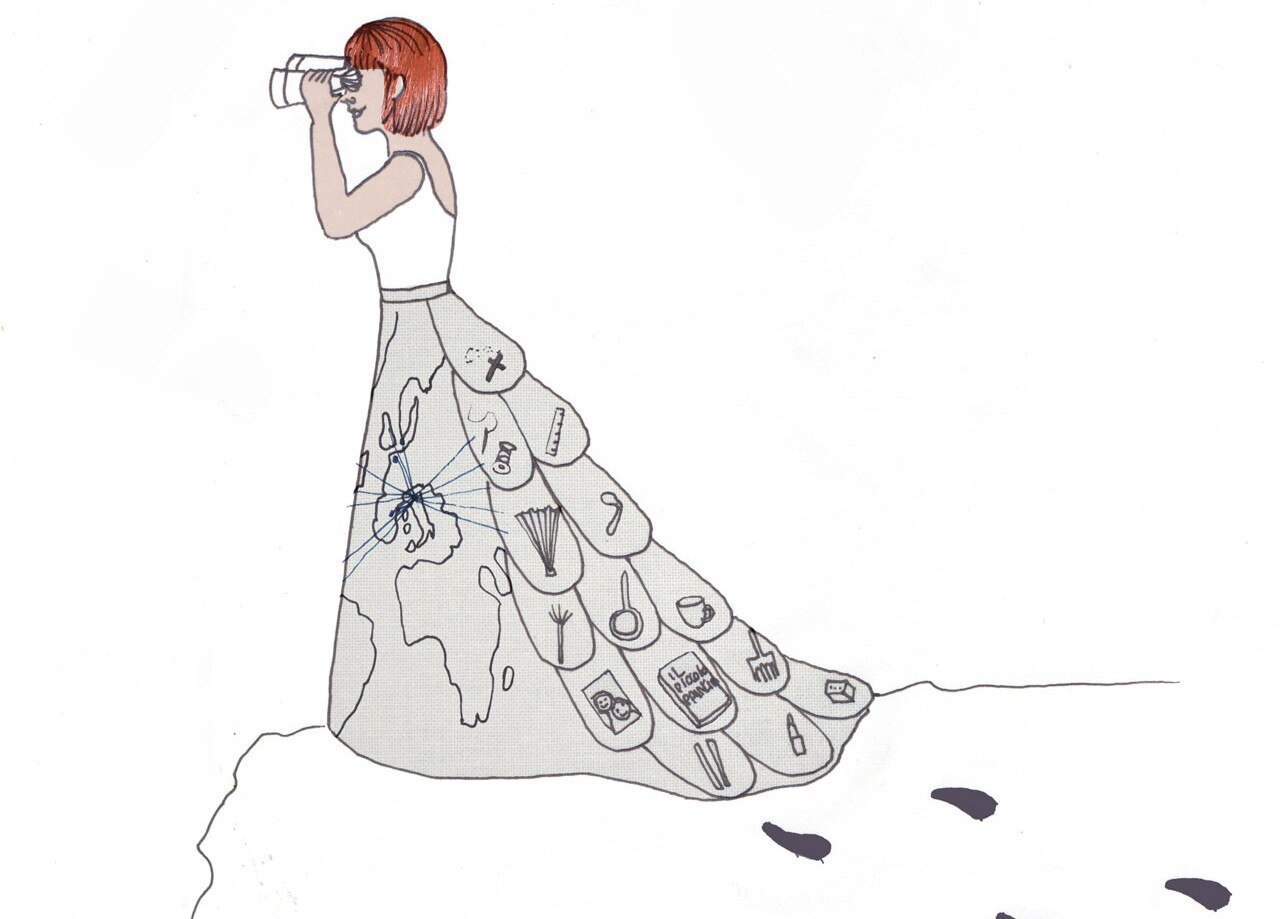
Chiara Alessi: What design are you bringing to this exhibition?
Giovanni Innella: Il Cambiavalute is an installation designed with Tal Drori that allows visitors to print their own banknotes and convert them to a new currency with a value that is priceless, zero or the same as that of the original banknote. Anything. This currency celebrates the value of exploring a new context and highlights the passage to a new land.
Eugenia Morpurgo: Re-tools presents a set of building tools produced in two converted former factories, one Dutch and one Italian. These tools show that the ruins of a past production system are once again generating a culture of shared and local production that is not limited to making consumer goods but develops, produces and spreads ideas and new ways of living.
Maurizio Montalti: NASCO/STO is a walking stick for the young designer that performs its customary function of supporting and aiding the exploration of hostile environments but is also a way to “smuggle” experimental experiences and alien and clandestine knowledge and to disseminate a positive and essential virus that is about to infect the present immobility: transdisciplinarity.
Formafantasma: Colony is an installation in the form of a mohair blanket (woven by the textile museum in Tilburg, Holland) designed as a gigantic postcard and metaphorically sent from Asmara in Eritrea. It depicts several examples of Italian colonial influence in the “design” of the city and a postcard dispenser mixes pictures of Eindhoven (where we live), Sicily (where Andrea comes from), Vicenza (Simone’s birthplace) and Asmara. It’s a way of relating to history via the personal.
Gionata Gatto: I’ve used perspective to narrate two approaches to design that are based on similar premises but reflect different spatial, cultural and social contexts. The references are artistic and inspired by the differences between Italian Renaissance and Flemish painting, taking a Van Eyck work as the basis for a design reflection.
Salvatore Franzese: My project speaks of distances and destinations on a personal journey in search of one’s identity – in the design world.
Francesca Lanzavecchia: I wanted to design baggage that is like a second skin, a direct extension of my thoughts and my experiences. This led to: Le pollicine, ambiguous shoes that, as you walk towards a destination, leave a sign going in the opposite direction. It’s my indecision between going and staying. Lungo is a journey: a skirt is the lightest baggage I can imagine; it has a map embroidered on the front and pockets on the back contain objects symbolising my life, places I have lived in, people I have met, things I have seen and learnt…
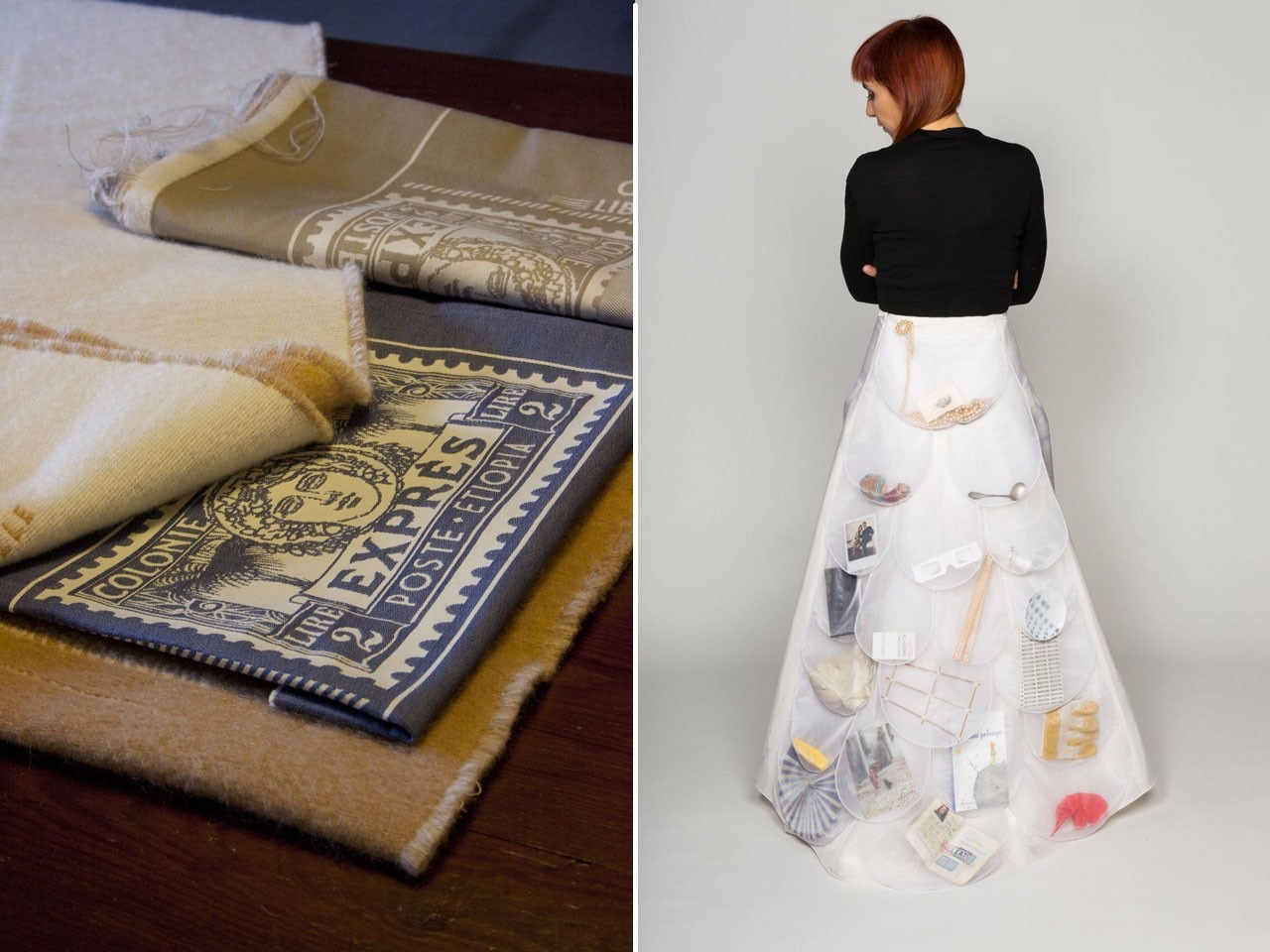
Chiara Alessi: How much is your work linked to Italy? And to Holland?
Giovanni Innella: I left Italy thinking I had to develop my own "voice". I left Holland in search of someone to converse with. In my work, it is usually the interlocutors who provide a context. If the other person wants to talk about Italy, I try to elaborate and share thoughts related to the proposed context. If the context is Burkina Faso, my thoughts change but not the process. To answer your question, my work isn’t linked to any one place in particular.
Eugenia Morpurgo: The Retools project, for instance, was completed partly in Italy – in Rome, in the Officine Zero, former RSI (Rail Service Italia) works that serviced the night trains and that a large coalition of redundant workers, students, temporary and self-employed workers occupied to halt a precious store of publically useful technical experience being eliminated by yet more property speculation. Another part of the project was completed in Holland – in Eindhoven, a city in the south of the country with exemplary conversion projects on former industrial sites. The comparison between this established reality and the Italian example of Officine Zero gave me an opportunity to present a reflection on the different national policies addressing the management of abandoned spaces, conversion of production systems and places and how the State treats the creative sectors.
Maurizio Montalti: My work (in terms of contents) isn’t necessarily linked to one country or another but deals generally with more extended subjects, with potential repercussions worldwide that will affect sensitive individuals of any nationality. However, Holland is the country that, structurally speaking, supports me and allows me to continue my work. Unfortunately, it wouldn’t be possible in any other country.
Formafantasma: Some of our works are directly linked to Italy, such as Moulding Tradition, Colony and De Natura Fossilium. Despite this, we don’t believe the work should necessarily be seen from this angle. To give you an example, when we looked at Sicilian folk pottery and Moors heads in relation to migratory flows from Africa to Europe in mediaeval times and today, we mainly wanted to understand the mechanisms that transform objects from functional tools into symbols of local or national culture. Our education owes much to having studied on the Master course at the Design Academy Eindhoven. We decided to move there because we saw the work approach of certain Dutch designers as the voice of a generation or group that resembled us. Over time, we also understood the differences.
Gionata Gatto: Italy is a fundamental constituent of the way I work and look at a project. I started at IUAV without even knowing what the word “design" meant. I came out with a sound, in-depth training but, at the same time, anxious to encounter a personal language that would allow me to interact more with social and material contents, and production processes. In Holland, I was able to observe a different design approach. The mere fact that a Master course – the only one in Europe – entitled Man & Humanity existed at that time clearly conveys that the Dutch design culture, at least in its intentions, wanted to create a hybrid of different forms of knowledge and put itself forward as a "space of design experimentation” free from financial ties to industry.
Salvatore Franzese: We are the result of where, when and how we have lived our lives. For my part, Italy and Holland are the two countries that most influence the way I live and the way I act.
Francesca Lanzavecchia: Very much to Italy. I believe that the success of a design depends largely on the skill of the person executing it and I returned partly so that I could play in the world’s finest workshops and with experts and highly skilled craftspeople. However, being in Italy is not easy for a young studio and I’m pleased to also have a foot in Singapore. Holland and the Academy, in particular, have been crucial to my training: the first step towards independent thinking and working. Sometimes, I regret not having stayed a little longer in Holland, maybe it was the rain?
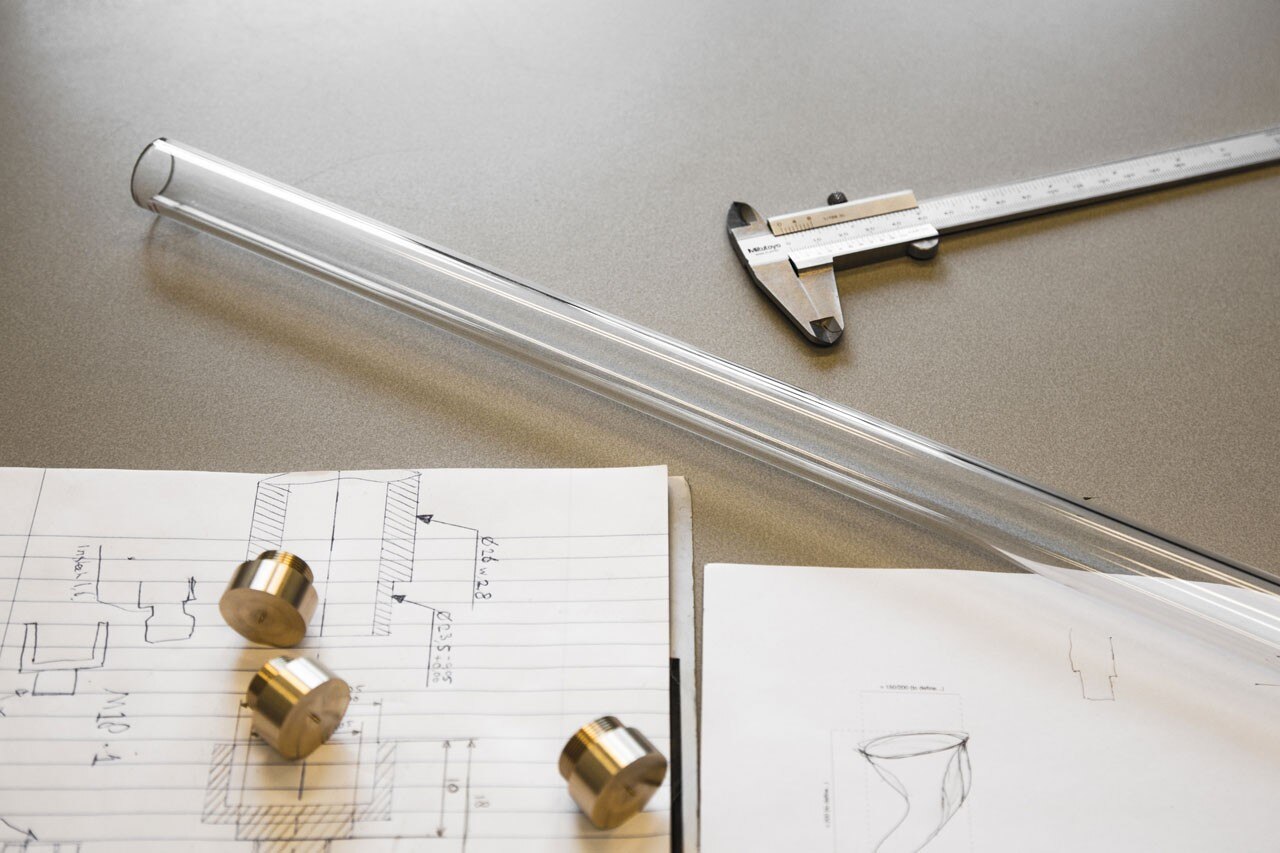
Chiara Alessi: Is there a national design? And, if it still makes sense to speak of it, why?
Giovanni Innella: Design is not an independent force but a product of the political/economic context that generates it. Today’s political and economic events are increasingly less confined within national boundaries. Laws and institutions extend across several states and involve more widespread geographical areas. If we have to choose between space and time, I believe that time is a more influential factor in contemporary design. If you move even very slightly across the time line, you notice significant changes; when you move from Holland to Austria (the first two that come to mind), the differences are less marked and more casual.
Eugenia Morpurgo: I believe it no longer makes sense to speak of national design. What exists is a historic heritage of national design but the reality of contemporary design is a global one. The historical national heritage is that store of identity that distinguishes us as creative individuals, within partnerships that are nearly always international now. Partnerships that explore and pursue specific interests and work methods, and go beyond the geographical provenance of the single participants.
Maurizio Montalti: I don’t believe there is such a widespread model that permits its general definition as “national design”. Instead, Italy, unlike other places, has a strong and deep-rooted design culture which should not prop us up but must be used to develop new design paradigms that are based on but also distance themselves from illustrious models of the past, so as to create real innovation today.
Formafantasma: The discussion on national design is at times dangerous and at times extremely useful. On a national level, it is important for a certain activity that represents an added value for a place to be recognised. We know how it works as a marketing tool. Personally, as Italians that live and work in Holland, we are hybrids who are not interested in belonging to one part or the other; nor do we care that our work is read from a national perspective. Finally, we believe that, in the long term, nationalising a discipline involves the sometimes unconscious definition of canons or stereotypes that may restrict its evolution.
Gionata Gatto: Identifying yourself in different spaces and cultural, territorial and industrial realities… Every nation is a unique space that each designer might relate to but this would mean reassessing historicity and the role of tradition, and giving local priority to the way we consume assets and services.
Salvatore Franzese: I think there is always a national design but, in my experience, it doesn’t matter where you come from; it’s what you do that matters.
Francesca Lanzavecchia: I don’t believe in a national design if we are talking about style... but I think that what ought to be national is the design culture (which I fear is being lost in many cases). Our historic and artistic tradition is omnipresent and burdensome but it means that most Italian designers are able to feed on this humanist culture and translate it into new design.
Domitilla Dardi: Rather than a national design, I think there is an Italian mindset when tackling a project. An analytical, technical and concrete approach to resolving problems and being open to cross pollination between different fields of knowledge, including that of vision.
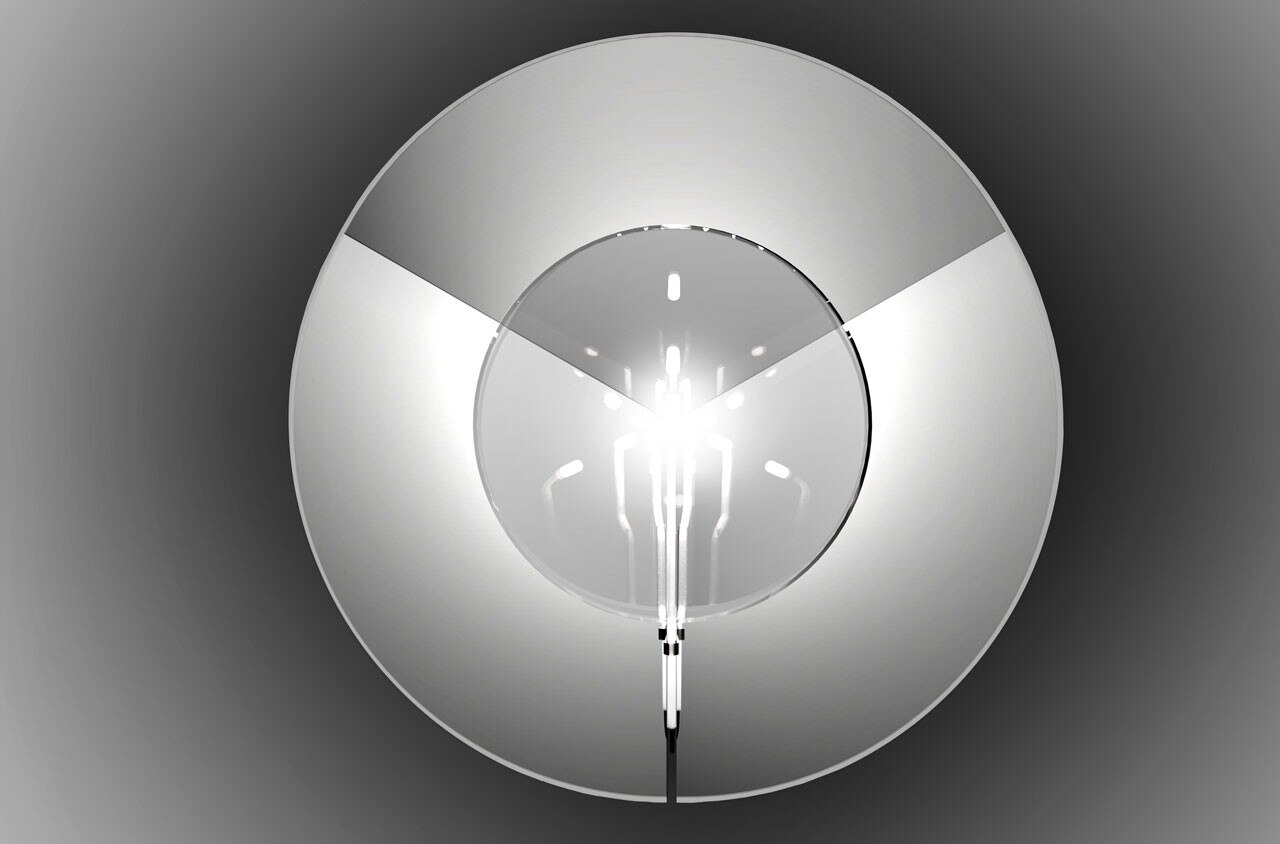
Chiara Alessi: A design destination?
Giovanni Innella: I’d like to see my colleagues dialoguing more with industry, without interference from marketing. I would move in that direction.
Eugenia Morpurgo: Continuing to question the existing cultural, ethical and production reference systems. Opening the project up to ever more interdisciplinary partnerships and demolishing the roles that once shaped the players in the design world: producer, creative and consumer.
Maurizio Montalti: The path of transdisciplinarity and, more specifically, active collaboration and cross pollination between seemingly distant fields of application.
Formafantasma: North Korea? It might be interesting to see a place with virtually no advertising or lights at night. Or Brasilia, to understand the typically Modernist enthusiasm for the future.
Gionata Gatto: I think that this period in history calls for designers who want to connect – and are capable of connecting – products to different kinds of services. For example, the Italian design industry could look carefully at this and start examining the possibilities it would open up.
Francesca Lanzavecchia: The immaterial and design for all.
Domitilla Dardi: Not a place but a conviction: that a great project is not necessarily linked to type or form as such, but ideas and the determination to achieve them.
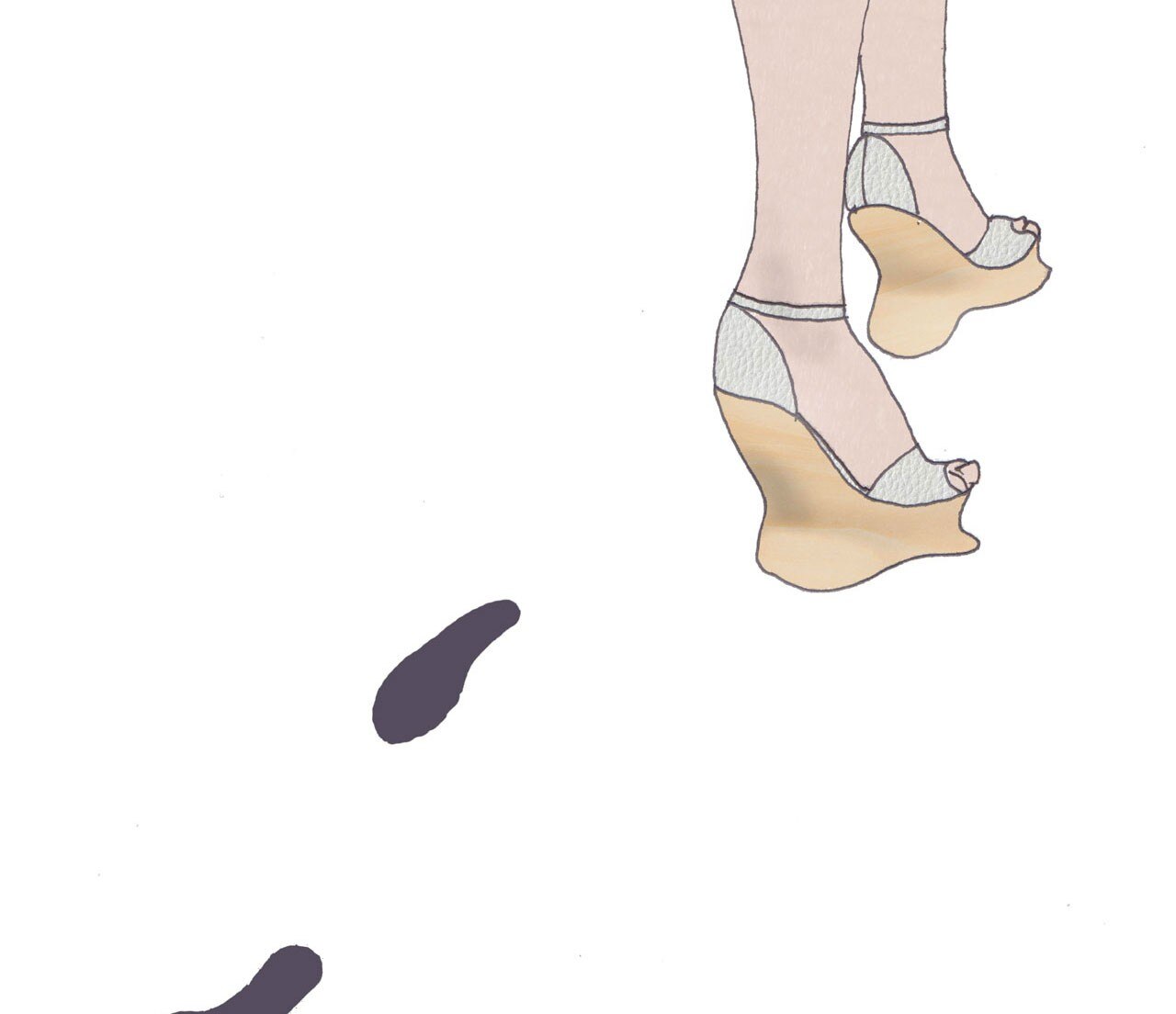
Chiara Alessi: A destiny to be avoided?
Giovanni Innella: The self-proclamation of design as a political force.
Eugenia Morpurgo: I don’t believe any destiny is to be avoided. The wealth of design lies in the plurality of situations and ways in which the design world expresses itself. Every design can be a source of inspiration or stimulate constructive criticism.
Maurizio Montalti: Exclusively superficial form that lacks real content.
Formafantasma: We don’t know the answer to this; perhaps waking up and finding that you have spent too many years doing a job you don’t like?
Gionata Gatto: I have the feeling that there is a huge ultimate focus on design research, especially multidisciplinary research, without this producing results that can be considered usable. I believe the two things must, instead, advance simultaneously, giving each other the same space.
Salvatore Franzese: One destiny to be avoided is that of not doing what you love best.
Francesca Lanzavecchia: Laser printers that produce useless objects and a world of wannabe-designers that are merely “landfill designers”.
Domitilla Dardi: Indulging a market that asks for replicas of what has already been done because fearful of the unexpected that is associated with what is new. If 1950s Italy had not invested in the new, Italian design would never have existed.
Until 5 October 2014
Design Destinations
MAXXI, Rome


